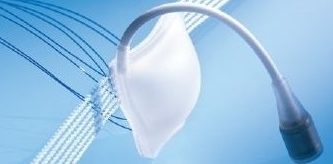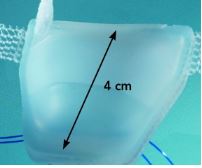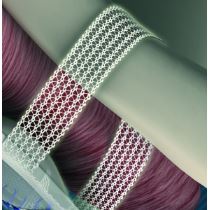Adjustable system for male urinary incontinence
The A.M.I. ATOMS system is suitable for all degrees of urinary incontinence, and can also be used after radiotherapy.
It combines a minimally-invasive and low-risk method with the option of quick and easy adjustment to the system at any time after the implantation.
Video
Literature
First experience with the ATOMS implant, a new treatment option for male urinary incontinence SONIA PÉREZ GONZÁLEZ, JOSE RAMÓN CANSINO, MARÍA ALEJANDRA PORTILLA, SIMÓN CLAUDIO RODRIGUEZ, LUIS HIDALGO, JAVIER DE LA PEÑA Department of Urology, Hospital Universitario La Paz, Madrid, Spain Introduction Urinary incontinence (UI) is defined as any complaint of involuntary urine leakage. A description is provided of our experience with the ATOMS® (Adjustable Transobturator Male System. Agency for Medical Innovations. A.M.I.) adjustable implant in patients with mild to moderate UI. Material and methods A retrospective study was made of the data referring to 13 patients treated with this adjustable system. Demographic and personal data were collected along with information on the etiology, severity, characteristics, duration of UI, complementary tests, surgery times, complications and results obtained. Results The full continence (no use of pad) recovery rate at the close of the study was 12/13 (92.3%). Three cases required a single filling during the mean 16 months of follow–up (range 4–32; median 14 months). A complication in the form of perineal hematoma was resolved with conservative treatment and a case of urinary retention was resolved by placing a bladder catheter for the duration of one week. Three patients experienced perineal–scrotal dysesthesias that disappeared spontaneously in the first three months. Conclusions The described adjustable continence system has been found to be very effective in males with mild to moderate UI. In our experience, the ATOMS® implant offers excellent results over the middle term with a very low rate of complications that were easily resolved in all cases. Cent European J Urol 2014; 67: 387-391



